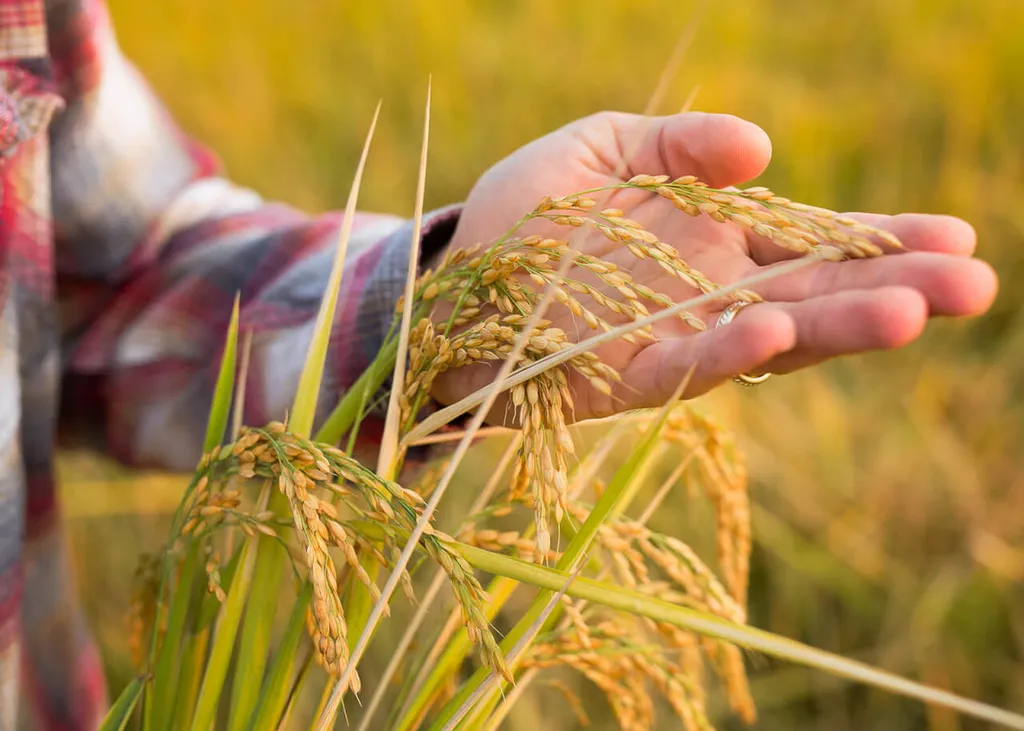In the heart of California’s fertile Central Valley, farmers are facing a conundrum: stick with the tried-and-true rice monocultures or diversify their crops to build resilience against climate change and market fluctuations. A recent study published in *npj Sustainable Agriculture* sheds light on the economic barriers and long-term benefits of crop diversification in rice-based systems, offering a roadmap for farmers and policymakers alike.
The research, led by Sara Rosenberg from the Department of Plant Sciences at the University of California-Davis, combines grower focus groups and Monte Carlo simulations to evaluate the profitability and management changes required to transition from continuous rice farming to rotations involving tomato, sunflower, beans, and safflower. The findings suggest that while diversification can increase profitability over the long term, it comes with significant challenges that need to be addressed through targeted policies and incentives.
“Our study shows that diversifying crop rotations can pay off in the long run, but the initial barriers can be substantial,” Rosenberg explains. “Farmers need to consider additional investments, labor requirements, and market access, all of which can be daunting without the right support.”
The research explored various rotation scenarios, including rice rotated with sunflower and tomato, as well as rice rotated with safflower and beans. Two additional scenarios reflected the agronomic benefits of rotation and the potential for climate risk adaptation. The results indicate that while diversification can enhance farm resilience and profitability, the transition requires careful planning and management.
One of the key findings is the need for policies and incentives to overcome the barriers to adoption. Farmers often face higher upfront costs and increased risk when switching to new crops. Additionally, the labor and market access challenges can be significant hurdles. The study suggests that targeted support, such as subsidies or access to new markets, could help farmers make the transition more smoothly.
The commercial impacts of this research are substantial. For the agriculture sector, diversification can lead to more stable and sustainable farming practices, reducing the reliance on a single crop and mitigating risks associated with climate change and market volatility. This, in turn, can enhance food security and support the long-term viability of farming communities.
As the agriculture sector grapples with the challenges of a changing climate and evolving market demands, this research provides a timely and critical insight. By addressing the economic barriers to crop diversification, farmers and policymakers can work together to build more resilient and profitable farming systems. The study, led by Rosenberg and published in *npj Sustainable Agriculture*, offers a valuable contribution to the ongoing dialogue about sustainable agriculture and the future of farming.

